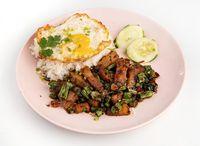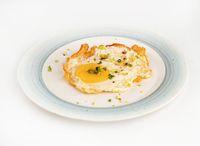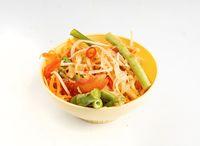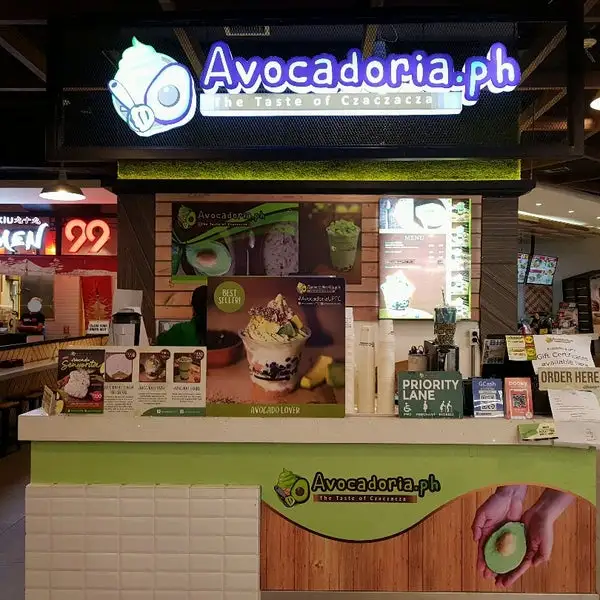Hello Khao Khai Thai Chicken House lovers, are you looking for the latest Khao Khai Thai Chicken House Menu? You have arrived at the right place then. We have uploaded their complete menu with pictures & updated prices. Below you will find the latest Lists of Khao Khai Thai Chicken House Menu 2024 Philippines with prices.

Khao Khai Thai Chicken House Menu Philippines With Price List
Popular
Appetizers & Salad
This hidden gem in the Philippines offers an exquisite menu that truly tantalizes the taste buds. Starting with the Farang Fries at just ₱119, the crispy perfection is unmatched. The Toasted Corn (₱79) adds a unique twist, while the Som Tam Platter (₱284) bursts with authentic flavors. Don’t miss the Crispy Fried Tofu (₱199) and the flavorful Garlic Beans (₱164).
Signature Dishes
Rice Bowl
Fried Chicken Krapao delighted my taste buds with its perfect blend of crispiness and aromatic spices, all for just ₱264. The Squid Krapao and Moo Krob Krapao, both priced at ₱324, showcased the chef’s mastery in infusing freshness into every bite. Don’t miss the savory satisfaction of the Kor Moo Yang Rice Plate at ₱204 or the rich Bangkok Liempo, a steal at ₱284. The Gai Tod Curry (₱324) and Red Beef Curry (₱329) left me craving for more, each spoonful a symphony of authentic Thai flavors.
Specialty Dishes
Indulge in mouthwatering dishes like Dry Pork Curry (₱279), Drunken Spaghetti (₱329), and Chicken Larb (₱314). Savor the rich flavors of Yaowaraj Fried Rice (₱284) and dive into the exquisite seafood delight of Squid Krapao Platter (₱394). From the aromatic Phat Mama (₱349) to the savory Pork Khao Soi (₱384), each dish tells a tale of authentic Thai cuisine. Don’t miss the enticing Kor Moo Yang Platter (₱229) or the unforgettable Red Beef Curry Platter (₱404).
Sides
Desserts
Beverages
Khao Khai Thai Chicken House Opening & Closing Hours
| Sunday | 6 am–9 pm |
| Monday | 6 am–9 pm |
| Tuesday | 6 am–9 pm |
| Wednesday | 6 am–9 pm |
| Thursday | 6 am–9 pm |
| Friday | 6 am–9 pm |
| Saturday | 6 am–9 pm |
What is Khao Khai in English?
Ever wondered what the Thai term “Khao Khai” translates to in English? Well, Khao Khai Thai is all about preserving the authentic flavors of Thai cuisine without the Western twist. And here’s a little nugget of knowledge for you: “Khao Khai” simply means “chicken rice” in Thai. Isn’t that a fun fact to sprinkle into your culinary conversations? So next time you’re craving some delectable chicken rice, you can impress your friends by tossing in this little linguistic gem from Thailand.
What is the most popular chicken in Thailand?
Ah, the delectable world of Thai chicken! If you’re wondering about the most beloved chicken dishes in Thailand, look no further. One name that shines bright is the famous “Kai yang.” This mouthwatering delight involves marinating and then grilling or barbecuing an entire chicken to perfection. Although its roots trace back to the northeastern region and the Lao people, today it has won the hearts (and taste buds) of people all across the country. Can’t wait to share more about the culinary wonders from around the globe on this blog! 🍗🌟
What does Khao mean in Thai?
The word “Khao” in Thai actually holds a fascinating dual meaning. Firstly, when you’re exploring the picturesque landscapes of Central and Southern Thailand, “Khao” (pronounced as [kʰǎw]) is the term you’ll come across to describe a majestic ‘mountain’. So, if you’re a nature enthusiast, keep an eye out for these stunning Khao! But wait, there’s more to this versatile word. In another context, “Khao” (pronounced as [kʰâːw]) takes on a different role – it refers to the staple that fills many a plate around Thailand, the beloved ‘rice’. So whether you’re admiring the beauty of a Khao or savoring a delicious dish made with Khao, now you know the fascinating linguistic journey this word takes within Thai culture.
What does Khao Soi mean in Thai?
When it comes to Thai cuisine, “Khao Soi” holds a fascinating translation. In Thai, it literally means ‘cut rice’. However, there’s an interesting twist to its origins. Some suggest that it might have evolved from the Burmese term for noodles, “khao swè”, which could explain the different versions of the name. In its traditional preparation, the dough for the rice noodles is skillfully laid out on cloth above boiling water.


































